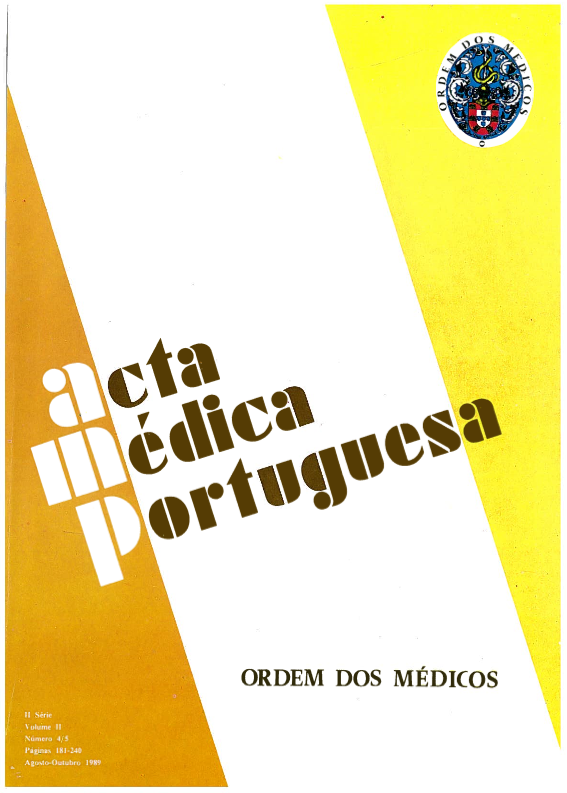Ceroid-lipofuscinosis: ultrastructural study of 8 cases.
DOI:
https://doi.org/10.20344/amp.3483Abstract
The authors studied the clinical and ultrastructural features of 8 cases of Neuronal Ceroid-Lipofuscinosis (NCL). Five cases of the late-infantile type and 3 cases of the juvenile type. The clinical diagnosis of all cases was confirmed by the electron microscopy analysis of the peripheral blood lymphocytes and biopsy material from the skin, palpebral conjunctiva, skeletal muscle and rectal mucosa. Our observations agree with previous reports concerning the predominance of curvilinear bodies in the cells of the late infantile type, and fingerprint-like structures in those of the juvenile type. The finding of parallel tubular arrays and NCL inclusions associated in the same lymphocyte (frequently in the same vacuole) suggests that those structures could be related to the metabolic error of NCL. Ultrastructural examination of microbuffycoats of peripheric blood lymphocytes is a simple, time-saving and reliable method that allows specific confirmation of a clinical diagnosis of Neuronal Ceroid-Lipofuscinosis.Downloads
Downloads
How to Cite
Issue
Section
License
All the articles published in the AMP are open access and comply with the requirements of funding agencies or academic institutions. The AMP is governed by the terms of the Creative Commons ‘Attribution – Non-Commercial Use - (CC-BY-NC)’ license, regarding the use by third parties.
It is the author’s responsibility to obtain approval for the reproduction of figures, tables, etc. from other publications.
Upon acceptance of an article for publication, the authors will be asked to complete the ICMJE “Copyright Liability and Copyright Sharing Statement “(http://www.actamedicaportuguesa.com/info/AMP-NormasPublicacao.pdf) and the “Declaration of Potential Conflicts of Interest” (http:// www.icmje.org/conflicts-of-interest). An e-mail will be sent to the corresponding author to acknowledge receipt of the manuscript.
After publication, the authors are authorised to make their articles available in repositories of their institutions of origin, as long as they always mention where they were published and according to the Creative Commons license.









